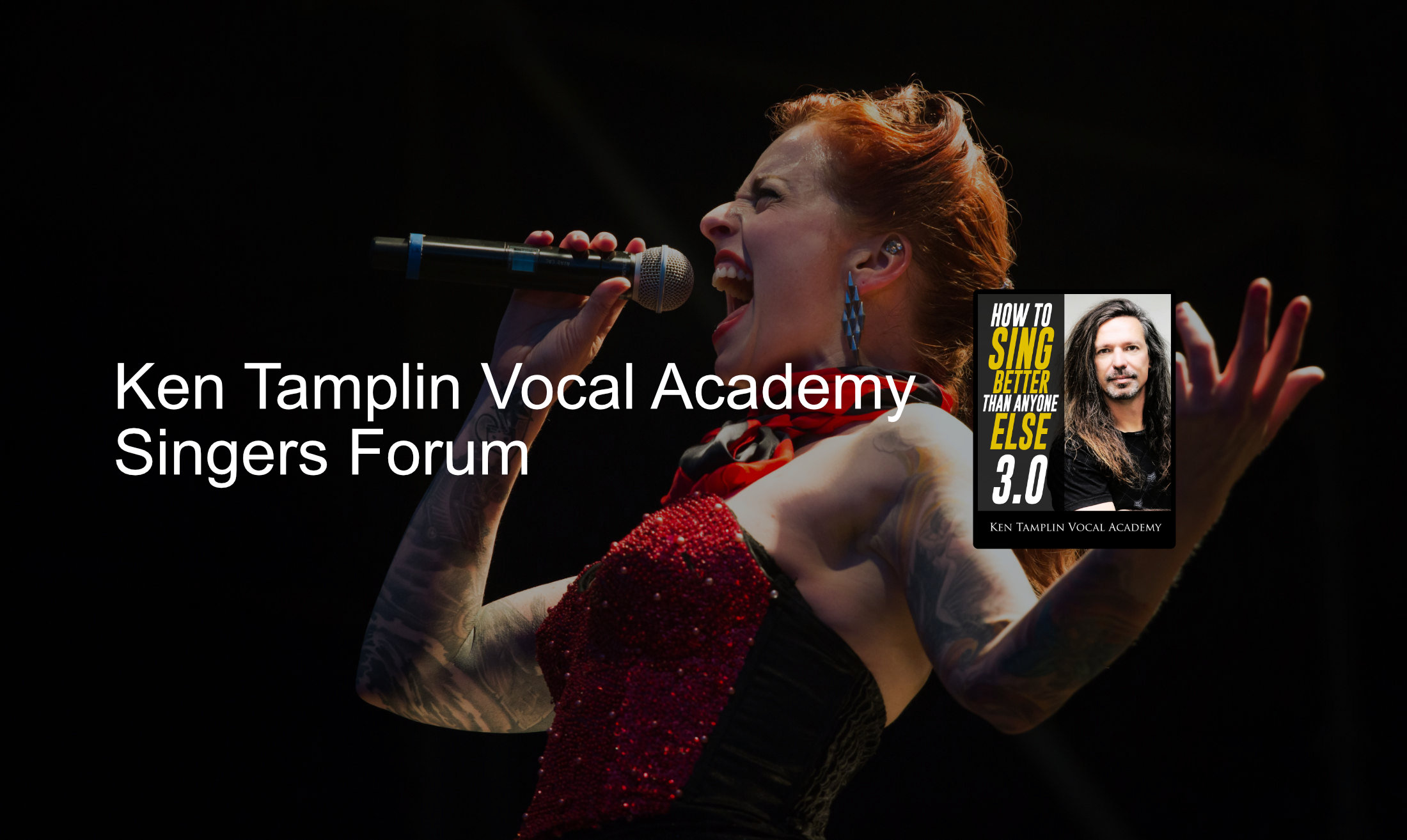What Register do Operatic Singers like Pavarotti Use
I've watched Pavarotti teaching lesson on youtube and he talks about covering the sound .. Is it the same thing as the belting register or call register? .. When Pavarotti and other Operatic Tenors hit those High C's are they using a belt register? Mixed Voice? Chesty Mixed? Heady Mixed? .. Please Answer Thank You


Answers
My (I'm listed as Ira Rohde) question: Don't you think that even the "dramatic" opera tenors use some mixed voice when they get much softer and occasionally need to get a little "lyrical," like when they are doing their famous "messa di voce"? Isn't seamless mixing of the voice part of their skills, too? I mean, obviously, their "pianissimo" is actually loud enough to reverberate around an opera hall unamplified (as is the pianissimo of many Broadway belters)! And I'd agree, you can get soft to some extent in a chest-voice. But wouldn't you call many changes in timbre/volume a kind of "mixing" the voice? Maybe you should cover "volume" as a topic, and how it relates to our practice and "chest-voice," "head-voice," "mixed-voice," and "ping-resonance.
Ken Tamplin Vocal Academy's reply (I assume it came from Ken himself):
It should be kind of obvious by the term "Mix" that a mixer has "faders" and part of getting an audio "mix" is done by manipulating and balancing elements. Certainly "volume" is a major element. And Yes, there are volume parameters in chest, mid, head, falsetto, and mix. The opera singers tend to shy away from calling it "mix" lest there be a pop invasion into classical singing, but certainly they do manipulate volume to attain some of the tonal shades, including in messa di voce.
so no covered sound doesnt mean belting register
the belting register and the call register to my understanding are interchangable
and the falseto register when belted is called reinforced falseto which is what we train in KTVA called also head voice, ken has very good info in youtube about this look for his webinars
this is Alredo Kraus singing nessun dorma check him up
hope this helps